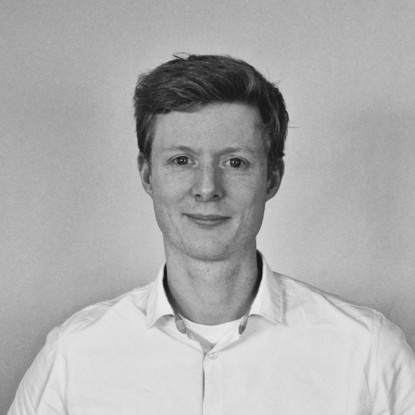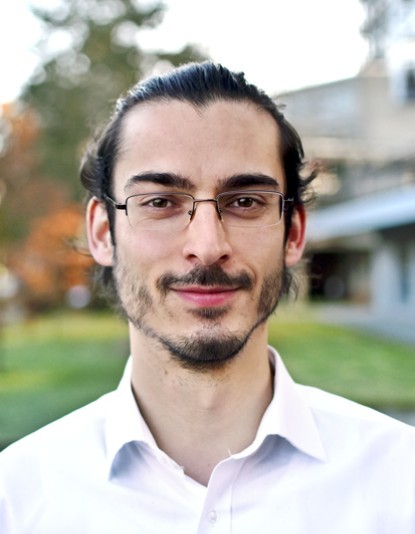EnEff:Stadt Campus Lichtwiese

Construction measures
Two implementation measures serve as examples of the energy turnaround in the neighbourhood: On the one hand, the efficiency of the heat supply is to be increased by integrating the waste heat from the university's own high-performance computer into the district heating system. On the other hand, the efficiency of heat transfer is to be increased by installing panel heating systems in institute buildings with poor thermal envelopes.
Waste heat utilization from a high performance computer
TU Darmstadt’s IT department (HRZ) operates a high performance computer (HPC), which is to be replaced by a new generation. Such computers require large amounts of electric energy, which have to be dissipated as heat. The new HPC, which will go online at the beginning of 2020, will be equipped with hot water cooling. This enables the waste heat to be removed at comparatively high temperatures in the range of 40°C to 45°C. In addition, the electric energy demand of the compression-cooling machine used up to now will be eliminated. In order to integrate the heat into the return line of the district heating system, its temperature level is raised by a heat pump with a high efficiency (COP up to 7). An extensive energy monitoring of the project serves to quantify the real world energy and CO2 emissions savings and to validate the underlying simulation models.
Heating temperature reduction of the architecture department building
The operation of low-temperature heating systems in existing buildings is being investigated within the institute building of the Department of Architecture. The structure is an example of a type of building that requires extensive renovation. Through the integration of surface heating systems, the building’s heat demand can be supplied at significantly lower temperatures. The aim is to quantify the achievable reduction in temperatures by integrating surface heating systems in the existing building while maintaining predefined comfort conditions. Secondly, different control strategies for increasing the flexibility of the heat supply are to be investigated. Campus Lichtwiese can be seen as an example, showing the potential of increasing the efficiency of a heat supply system by reducing its temperature level. The results can be used not only in existing, but also in yet to be constructed district heating systems.
Contact
| Name | Working area(s) | Contact | |
|---|---|---|---|

| Prof. Christoph Kuhn Head of Department | Project Management and Head of subproject construction measures | Kuhn@enb.tu-... +49 6151 16-23459 L3|01 530 |

| Dr.-Ing. David Sauerwein Research Associate | Construction measures, 4th generation district heating | sauerwein@enb.tu-... +49 6151 16-23458 L3|01 530 |

| M.Sc. Frederik Feike Research Associate | 4th generation district heating, Construction measures | feike@ttd.tu-... +49 6151 16-20472 L2|06 215 |

| M.Sc. Niall Fitzgerald Research Associate | Construction Measures, 4th generation district heating | fitzgerald@enb.tu-... +49 6151 16-23458 L3|01 503 |






